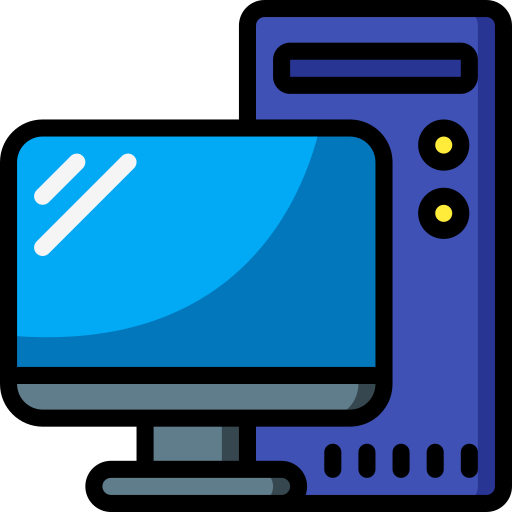Mooching off this other post
Primary question: What do people do for their reverse proxies (and associated ACME clients)? Do you have a single unified one? Or do you use separate proxies for each stack? Or some mess in between?
My use case question: For example, I have a (mess that is a) Nextcloud instance with a separate stack with nginx and ACME, a SearXng that wants to run caddy (but has shoved into the nginx).
But now I have a Lemmy docker that has a custom(?) nginx instance, should I just port it to my existing nginx or run them side by side?



Since nobody has responded to the ACME / Let’s Encrypt part of the question yet, I’ll chime in: I also use Traefik as a reverse proxy (and an ACME client), one unified instance per machine. (There are some exceptions, like for Mailu that requires its own nginx reverse proxy.) But for Let’s Encrypt, I recently switched from the TLS challenge to the DNS challenge. That required switching my DNS server from CoreDNS to PowerDNS, but thus far it seems totally worth it. Now I can easily get TLS certs for servers on my private network at home without opening them up to the internet for HTTP/TLS challenges.
Can you expand on more detail on how your TLS certs work? Looking to do similar.
I am just running the normal nginx image with
/etc/letsencrypt:/etc/ssl/privateas volume.certbotdoes the rest. If you need help with the exact config just search for relevant keywords, there are tons of good tutorialsHere’s an overview of the Let’s Encrypt DNS challenge type in case you haven’t seen it: https://letsencrypt.org/docs/challenge-types/#dns-01-challenge
Basically, when Traefik goes to request or renew a certificate, Let’s Encrypt tries to look up a special DNS record on your domain so you can prove that the request for the certificate is legit. To make that work, Traefik first hits your DNS provider via API and temporarily inserts that special record so it’s there when Let’s Encrypt performs the lookup for it. In my particular case, I’m using self-hosted PowerDNS and it’s built-in API (configured to only respond via a Wireguard tunnel). But you don’t have to self-host DNS for this to work… Traefik has a long list of supported providers: https://doc.traefik.io/traefik/https/acme/#dnschallenge
Oh this look great, thanks!
So there is no port forwarding needed? Works behind CG-NAT?
No port forwarding needed and works behind CG-NAT—assuming your DNS server is hosted elsewhere.
That’s great!